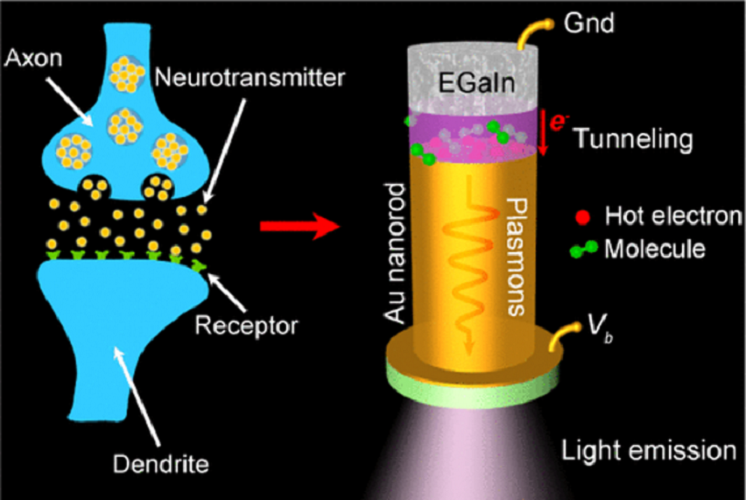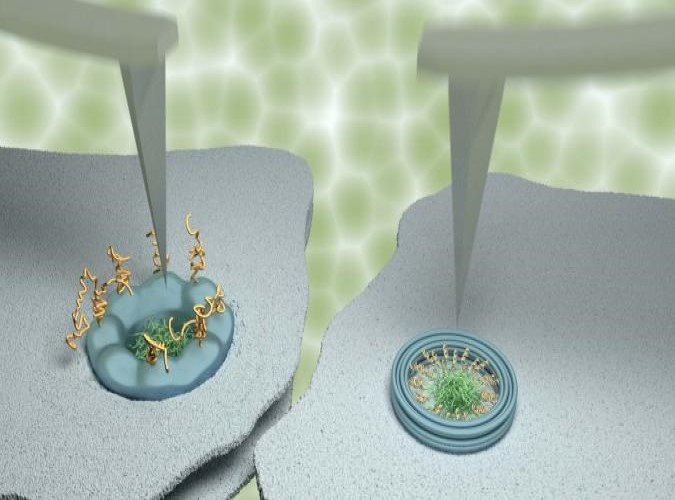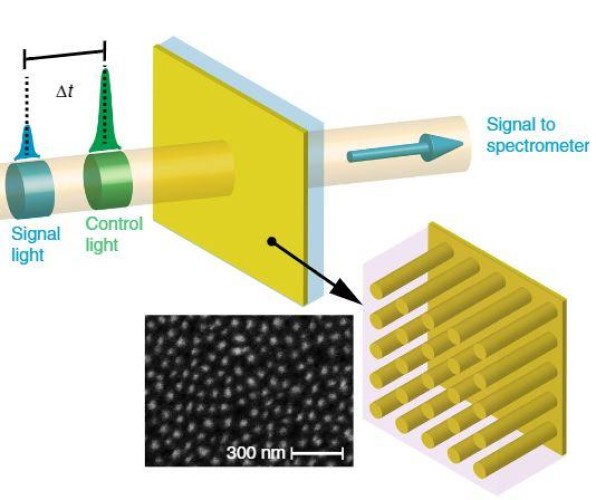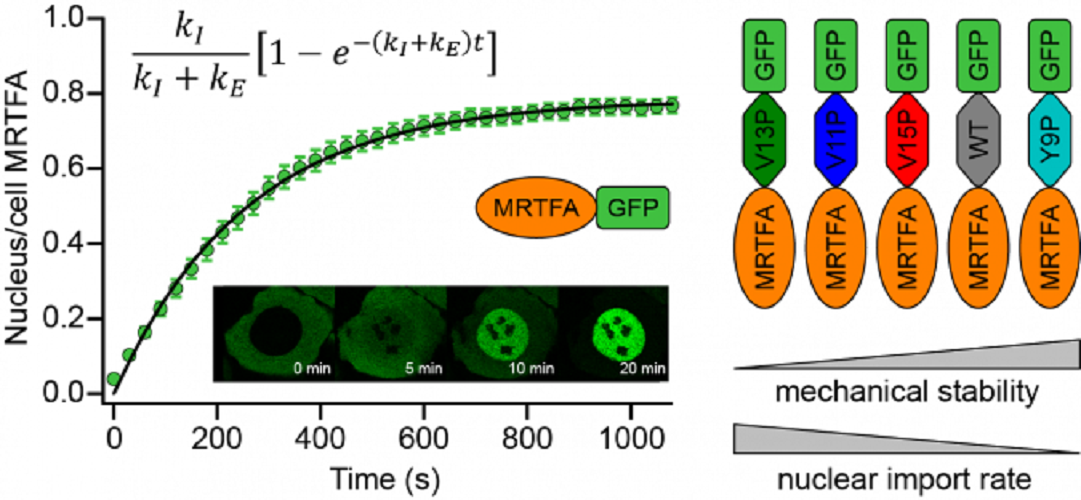


Synthetic synapses get more like a real brain
The human brain easily outperforms today’s state-of-the-art supercomputers fed on just the calorie input of a modest diet, as opposed to the full-scale power station energy input that a supercomputer guzzles through. The difference stems from the multiple states the...
Tracking wiggling biomolecules inside nanopores
One of the early breakthroughs for nanotechnology was its success in visualising individual atoms and molecules. Nowadays, we can not only visualise molecules, but also capture videos of how they move. Yet at the nanoscale, how do you know if such motion is related to...
Controlling optical response with designed electron temperature distributions in plasmonic nanostructures.
LCN researchers at King’s College London have discovered how to control light at ultrafast timescales by designing the distribution of energy of electrons in nanostructures. These metallic nanostructures are manmade materials that can have interesting optical...